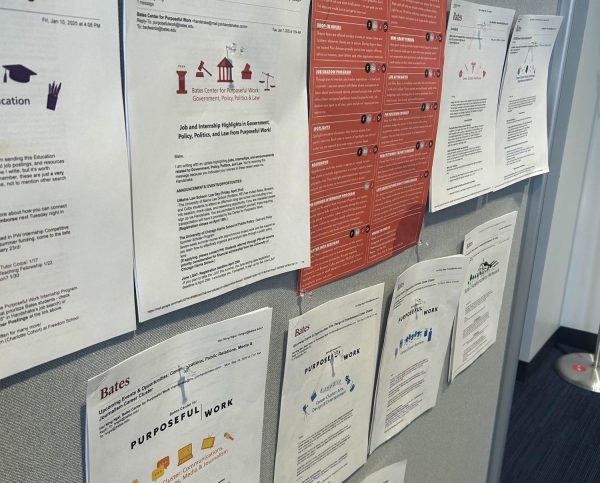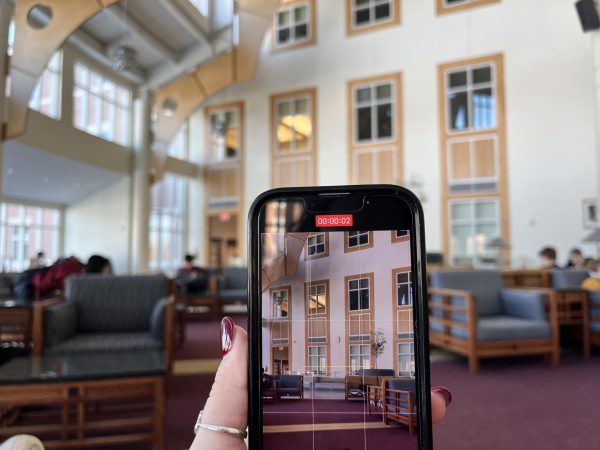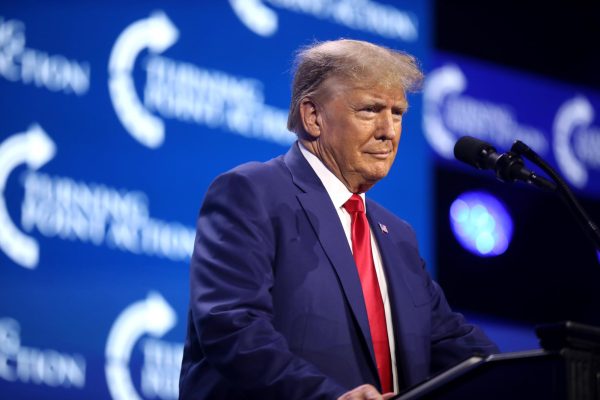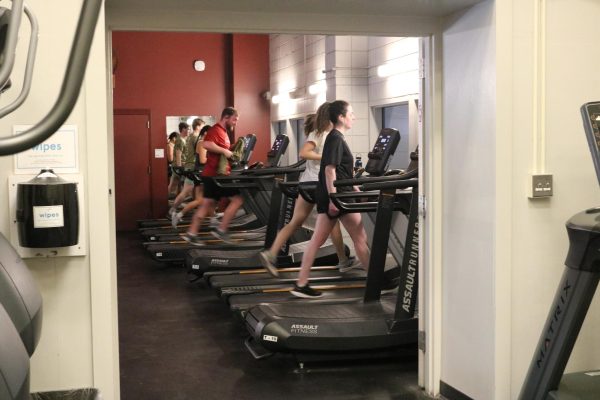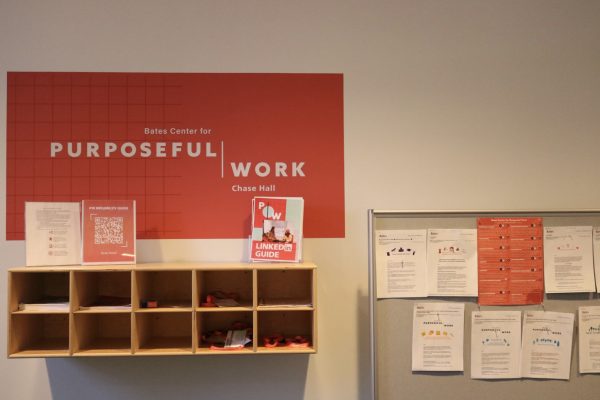#WeWantToPlay: College Athletics’ Latest
A quick look on Twitter is all it takes to see a new hashtag: #WeWantToPlay. The hashtag itself takes the same name of the NFL’s recent #WeWantToPlay ‘movement,’ if it even warrants that descriptor.
Clemson University quarterback Trevor Lawrence was one of the first to use the hashtag in support of himself and his fellow college football players. He attempted to explain across two additional tweets why “people are at just as much, if not more risk, if we don’t play,” while also listing his and his fellow Power Five Conference players’ demands in order to have their season go forward in his initial tweet with #WeWantToPlay.
#WeWantToPlay pic.twitter.com/jvQhE7noGB
— Trevor Lawrence (@Trevorlawrencee) August 10, 2020
Let me get straight to the point and be as blunt as humanly possible regarding this ‘movement,’ and the desire to play college football – this hashtag is as uninformed as they come, and as a student-athlete, it is embarrassing.
Nearly every single student-athlete across the country, from NAIA and NJCAA, all the way up to NCAA Division I, wants to play their respective sport this year, including me. Nobody wants to miss out on even a single day of practice, preparation, or competition because athletics are such a massive part of our lives and our college experience. This is undeniable.
However, as has been said all too often, these are unprecedented times. And to this point, there have been very few defenses of #WeWantToPlay other than: “We/they have worked so hard to prepare for this season!”
That has to be one of the worst possible reasons that the defenders of this hashtag could have chosen. President Donald Trump has expressed his desire to have college football be played both in public addresses and on his own Twitter. Consider that he has been wrong about practically every aspect of this pandemic, his support should be explanation enough as to why #WeWantToPlay is a horrible idea.
The student-athletes have been working too hard for their season to be cancelled. #WeWantToPlay https://t.co/lI3CCKZ4ID
— Donald J. Trump (@realDonaldTrump) August 10, 2020
Trump has also been quoted on Fox Sports Radio as saying that not playing college football this fall would be a “tragic mistake.”
Meanwhile, the NBA is currently maintaining a multi-day streak of zero positive coronavirus cases within its Orlando bubble, which includes 22 teams (17 players per team) and around 1,400 referees, team staff, media, league officials, and others.
Refocusing on college football: the demands made by Lawrence and his colleagues are just as uninformed as the idea of having a season itself.
Establish universal mandated health & safety procedures and protocols
He makes it sound so simple, doesn’t he? This is what nearly every university and school across America has tried to do since the beginning of the pandemic, and in case Lawrence hasn’t seen the news lately, it has not been so simple.
The monetary costs incurred by these universities and colleges to protect the student body, faculty, staff, administration, and surrounding communities have been nothing short of astronomical. The testing alone within the Texas A&M system, which includes 11 universities, will cost at least $16 million. This number varies from institution to institution, but even for small schools like Bates, the cost climbs dangerously close to eight figures.
These figures don’t include money spent on other precautions, such as preparing for social distancing, and also ignores the loss that schools will incur for each individual student that chooses not to return for in-person instruction, or opts to take a gap semester/year.
Additionally, by requiring so many high priority tests, college football alone would place tremendous strain on testing labs and command a massive amount of testing resources that might have otherwise been used for people who are exhibiting symptoms or at greater risk for the severe effects of COVID-19.
Give players the opportunity to opt out + Guarantee eligibility
These points are the easiest to dismiss. The vast majority of college sports fall within the NCAA umbrella, and anyone who reads any news about the NCAA or has been involved with the NCAA knows that it frankly does not care about student-athletes.
Since the collapse of society as we knew it back in March, the NCAA has been almost nowhere to be seen. It has always been a business first, rather than the guardian of college athletics and its participants.
By refusing to cancel all athletics for the fall, the NCAA has proven once again that the millions of dollars in revenue that it brings in yearly from football alone – never mind other revenue-generating sports – are far more important to them than the student-athletes who participate.
This extends well beyond the NCAA’s failure to protect its players from a global pandemic. As has been widely reported, COVID-19 has disproportionately affected black and brown communities. Given that the majority of Division 1 football players are black and the exploitative nature of the NCAA, it begs the question as to whether the NCAA truly cares about black athletes.
Use our voices to communicate; Ultimately create a College Football Players Association
Herein lies the motivation for all of what Trevor Lawrence and other Power Five players are actually pushing for. They want to unionize, and eventually, be paid, similarly to how professional athletes are treated. This is tricky given the sheer amount of cash these high level teams generate for their institutions, and eventually, Lawrence and his fellow players will get their wish. It won’t happen as a result of this movement.
The NCAA and the institutions do not want to pay players, and in a world that is becoming more and more cash-strapped by the day, this wish will not be fulfilled anytime soon. But both the NCAA and its institutions are just as terrified by COVID-19 as they are at the thought of players unionizing, if not more so, as it represents a mortal threat to the money machine that they have been turning for decades.
This fear of unionizing shows yet again where the priorities of the NCAA lie – and that is not with its players. And while I personally believe that the NCAA will become obsolete if they do not eventually pay their players, that is not what is at stake at the moment when it comes to coronavirus.
Every student-athlete understands the desire to play, and while it is heartbreaking to know that competition is simply too dangerous and too risky to be conducted at least for the rest of 2020, it is the unfortunate reality that we must live with.
For Lawrence and other student-athletes from all sports to continue to push this agenda is uninformed at best and ignorant at worst. The statement, “we want to play,” stems from an overwhelming place of entitlement, as if they themselves and their sports are of greater importance than everything else on a college campus. This is exactly what soils the image of student-athletes.
College athletics are not professional athletics. We cannot create the same bubble that has worked for the NBA and NHL, because athletics in college are part of the greater school and local communities. The MLB is the perfect example of what college sports would have to be, and if it isn’t working for the MLB, it is absolutely impossible that it will work for college sports.
Your donation will support the student journalists of Bates College and help us cover our annual website hosting costs.

Jackson Elkins is a senior from South Deerfield, Mass. He is a double major in Economics and European Studies with a minor in German Language and Culture....


